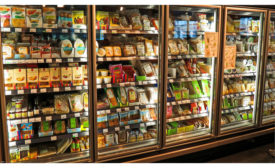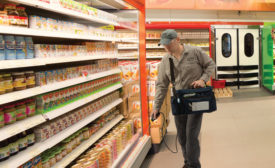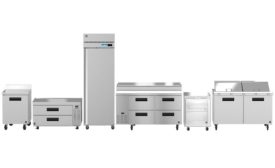Home » refrigeration systems
Articles Tagged with ''refrigeration systems''
Condensers Can Offer Valuable Insights Into System Operation
Measuring CTOA can help pinpoint problems in a refrigeration system
Read More
Commercial Refrigeration Requires Strict Leak Prevention Programs
Comprehensive refrigerant management programs can save money, reduce hazards
Read More
Lots of Questions About Refrigerants but Not Many Answers
Try to stay informed by reading industry-related materials, attending conferences, and seeking out online training options
Read More
AHR Expo Highlights Refrigerant Alternatives, Evolving Regulations
HVACR industry groups, manufacturers discuss low-GWP alternatives, current laws
Read More
The Importance of Startup and Commissioning in Refrigeration
Don’t skip this important process when installing systems
Read More
Growing Demand for Cooling Could Spur Technology Breakthroughs
IEA supports new efficiency standards
January 30, 2019
Copyright ©2025. All Rights Reserved BNP Media.
Design, CMS, Hosting & Web Development :: ePublishing











